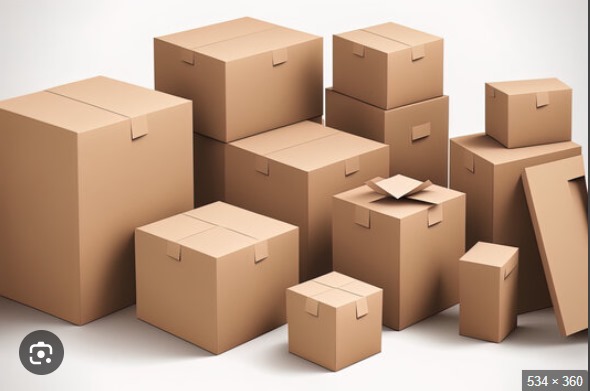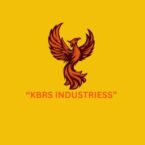What are Corrugated Boxes? A Comprehensive Guide
What are Corrugated Boxes? A Comprehensive Guide
Corrugated boxes are a ubiquitous form of packaging found in industries ranging from e-commerce to food delivery. Known for their strength, versatility, and eco-friendliness, these boxes are an integral part of global logistics and storage solutions. In this comprehensive guide, we will explore what corrugated boxes are, their components, types, advantages, and common uses.
What Are Corrugated Boxes?
Corrugated boxes are packaging containers made from corrugated fiberboard, a material composed of multiple layers of paper. The defining feature of corrugated boxes is the fluted or rippled middle layer, sandwiched between two flat outer layers. This design enhances durability, provides cushioning, and makes the boxes lightweight yet sturdy.
Components of Corrugated Boxes
Linerboard: The flat sheets that form the outer and inner surfaces of the box.
Fluting: The wavy layer between the linerboards that adds strength and rigidity.
Adhesive: A glue that binds the linerboards and fluting together.
Types of Corrugated Boxes
Corrugated boxes come in various types, classified by the number of walls and flute sizes:
Single-Wall Boxes: One layer of fluting between two linerboards; ideal for lightweight items.
Double-Wall Boxes: Two layers of fluting and three linerboards; suitable for heavier items.
Triple-Wall Boxes: Three layers of fluting and four linerboards; used for industrial or extremely heavy products.
Flute Types
A-Flute: Thickest flute, offering excellent cushioning.
B-Flute: Compact and rigid, ideal for canned goods.
C-Flute: A balance between cushioning and stacking strength, commonly used.
E-Flute: Thin and sleek, suitable for retail packaging.
F-Flute: Extremely thin, used for lightweight or decorative packaging.
Advantages of Corrugated Boxes
Strength and Durability: The fluted structure absorbs shocks and resists compression.
Lightweight: Despite their strength, corrugated boxes are easy to handle and transport.
Eco-Friendly: Made from renewable resources, they are recyclable and biodegradable.
Customizability: They can be tailored in size, shape, and design to suit various needs.
Cost-Effective: Affordable to produce and purchase, especially in bulk.
Common Applications of Corrugated Boxes
Corrugated boxes are used in numerous industries, including:
E-Commerce: Protecting items during shipping.
Food and Beverage: Safely transporting perishable goods.
Electronics: Shielding delicate items from damage.
Retail: Enhancing branding with custom designs.
Industrial: Packaging heavy machinery or parts.
Sustainability and Recycling
One of the standout features of corrugated boxes is their environmental impact. They are made from recycled paper and can be recycled multiple times. Many manufacturers adopt sustainable practices, reducing waste and promoting a circular economy.
Conclusion
Corrugated boxes are more than just simple packaging; they are an essential tool in modern commerce and logistics. Their unique combination of strength, versatility, and sustainability makes them the preferred choice for businesses and consumers alike. Whether you’re shipping a product or storing items, corrugated boxes provide a reliable and eco-friendly solution.
Do you need custom corrugated boxes for your business? Explore our wide range of options tailored to meet your needs.

